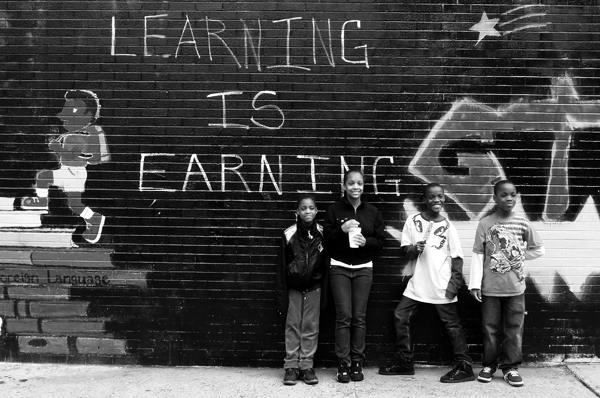 |
| ©judithfarber |
The Art of Seeing
Much of what we 'see' has been influenced from what we were taught by our parents, teachers and even friends. Learning how to see
our surrounding from a place of openness and a meaningful point of view
without words, is the challenging part. Only after we learn that there
exists a way of seeing can we zig-zag into, the art of seeing.
Photography enables us to explore a deeper visual awareness of what
we are normally oblivious to. It takes us on a journey that often
parallels our day to day point of view. One might say there is a common
link amongst great photographers of having a deep level of awareness and
creating a vision. Dorothea Lange stated it best, "a camera is an instrument that teaches us to see without a camera."
Learning how to create exciting photographs challenges us to discover
an in depth view of our surroundings, a tool for exploring our world
in more detail. Think of a child just beginning to see. Their eyes are
pure and unburdened, everything is new. Getting bogged down by technique
right away, could just get in the way. If you enjoy taking pictures,
then you will certainly spend some time learning the technical aspects
necessary to produce even better images. But first and foremost learn how to see
by retraining your eye, to speak with pictures and to draw with light.
As in painting using brushes, this box we hold with a hole admitting in
light when you press a button, is definitely within our control. The
most important aspect of composing images is to create one that you
yourself would want to view over again, for each time you see something
new and different.
A Great Photograph
A great photograph reveals something extraordinary from the ordinary
simply by the way it is visualized by the photographer. The camera is
life's voyeur, merging the hidden observer with the
subject. Experiment, you will be surprised. This might just reclaim your
childlike vision hidden for years, and ease that part of our self into
one of less thinking and less caring of feeling foolish, to simply
revive life as a child. We've become used to seeing the world from
our comfortable vantage point, our personal perspective. Try the
bizarre, change your perspective, change the angle of the camera, change
your vantage point. Be open to the challenge of trial and error. If the
results are less than you might expect, remember, there will always be
another photographic situation. Photography, after all, is not just
merely a means of reproduction, it is also art.
The Subject
When photographing a subject, HAVE PATIENCE, TAKE YOUR TIME! Do not rush
or you could end up with a mere snapshot! Again, explore all
possibilities. Taking your time, allows for more options. Decide if the
subject will be alone, or to include additions, such as architectural
interest, etc. Visualize the final outcome of an image. I've asked my
younger students on their first day to make a circle with their index
finger with thumb. Look closely through it as if it is your personal
lens, separating the world from the subject. Everything within this lens
must be perfect. View the subject from different angles, choose the
best time of day for light, looking for interesting drama from hot
spots, zoom in or out, find a great background from the simple to the
complex (one that adds to the subject), look out for emotions to create a
mood. If the subject is a small child or animal, shoot from their
level, but always experiment with all levels. Avoid cutting the subject
off at awkward places, such as the feet. Everything you keep within the
frame needs to be strong. The subject can be facing the camera, or for
more drama, looking away to either side, or even down. And think about
leaving some space in that direction, giving them thinking room, thereby, allowing the viewer to imagine what the subject is doing or thinking. Also, by placing the subject off center
often adds an artistic edge to the final image adding visual appeal.
Placing a subject dead center tends to be less interesting, but adds
strength to the image when a balance is needed. Experiment and your eye
will eventually feel the right position.
The best way to continue on this photo journey is to TAKE CLASSES! Learn all there is in how to compose and frame plus understand your camera's functions. Get out and practice, take photos. Then have your photos critiqued with valuable feedback to further understand your good and weak points, while finding your style to release your passion. Learn the tools of post processing.
This is how to build a great foundation in photography.
And please, enjoy the process!
copyright judith farber
This article brought to you by PHOTOWORKSHOP.COM. Let us know if you found this article useful and tell us what kinds of articles you'd like to see in upcoming issues. Send your comments and ideas to the editor.
